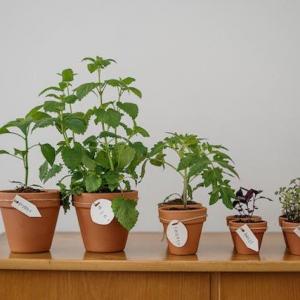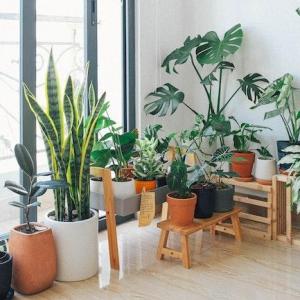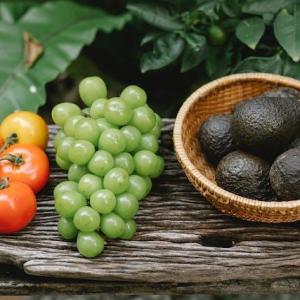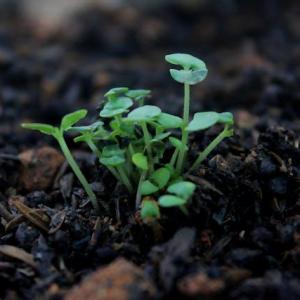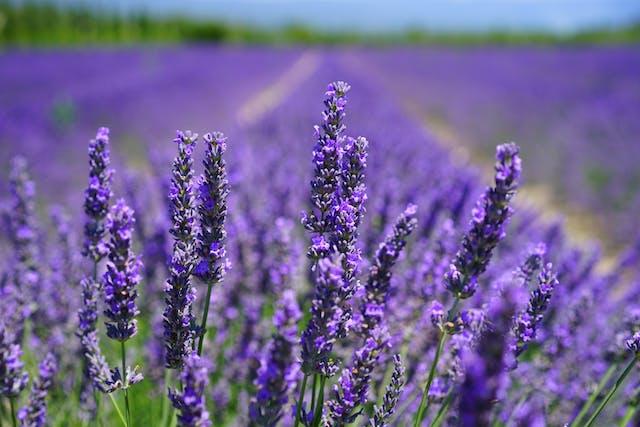
Repelling Pests Naturally
The inherent ability of companion planting to ward off pests is one of its main advantages. Certain insects are deterred by natural compounds or scents released by certain plants. For instance:Marigolds
These bright flowers release compounds that ward off nematodes, keeping these soil-dwelling pests away from nearby plants. Marigolds' unique scent also keeps a variety of insects away.Basil
Aphids, whiteflies, and mosquitoes can all be repelled by planting basil next to tomatoes. Basil's fragrant oils have a built-in insect-repellent effect.Attracting Beneficial Insects
Companion planting goes beyond repelling pests; it also involves attracting beneficial insects that act as natural predators and maintaining a balanced ecosystem within your garden. Consider the following plant partnerships:Lavender
Recognized for its aromatic blossoms, lavender wards off moths and fleas while drawing in pollinators such as bees and butterflies. Also, pests are repelled by its aromatic oils.Dill and Fennel
These herbs attract beneficial insects like ladybugs and parasitic wasps, which prey on common garden pests such as aphids and caterpillars.Sunflowers
In addition to being aesthetically pleasing, sunflowers serve as a food source for birds and draw pollinators. Additionally, the vegetables can be trained to climb the tall stalks as a natural trellis.Complementing Growth Patterns: Structural Support and Shade
Companion planting helps you make the most of your garden's layout and physical dimensions. Some plants can offer ground cover, shade, or support to their nearby plants:Corn, Beans, and Squash (Three Sisters)
Interplanting corn, beans, and squash is a traditional Native American planting method. Squash serves as ground cover, keeping weeds down and preserving soil moisture, while corn creates a natural trellis for beans to climb.Tomatoes and Basil
Basil plants next to tomatoes help to both deter pests and enhance their growth patterns. Because of its low, bushy growth, basil helps to shade tomato plants at the base, preserving soil moisture and lowering competition.Companion Planting Chart: A Gardener's Guide
Making a companion planting chart is a useful tool for organizing and designing the best possible layout for your garden. Consider their requirements and advantages as you conduct research and create a list of plants that grow well together. Take into account elements like growth habits, preferred soil, and the amount of sunshine needed. Designing a garden that optimizes the beneficial interactions between plant species will be made easier with the aid of a visual reference.Consideration for Plants to Avoid: Allelopathic Effects
Even though companion planting promotes beneficial interactions, it's crucial to be mindful of plants that may release chemicals that prevent nearby plants from growing, a phenomenon known as allelopathy. To illustrate:Black Walnut
Jugglone, which is released by black walnut trees, is a chemical that prevents many plants—including tomatoes, potatoes, and peppers—from growing. Steer clear of planting these vulnerable crops close to black walnut trees.h3>FennelAllelopathic compounds, which fennel produces, can prevent some plants from growing, especially tomatoes and beans. Plant fennel away from crops that are easily irritated.
Cherry and Almond Trees
Certain vegetables and flowers may not grow as well as others because certain fruit trees, like cherries and almonds, release compounds known as allelopathic. Take note of their closeness to vulnerable plants.Conclusion
A holistic and sustainable gardening method that draws inspiration from the interdependence of all things natural is companion planting. Whether your goals are to deter pests, draw beneficial insects, or improve soil fertility, companion planting offers a harmonious and abundant growing experience.
Article
Be the first comment
Elite Article





